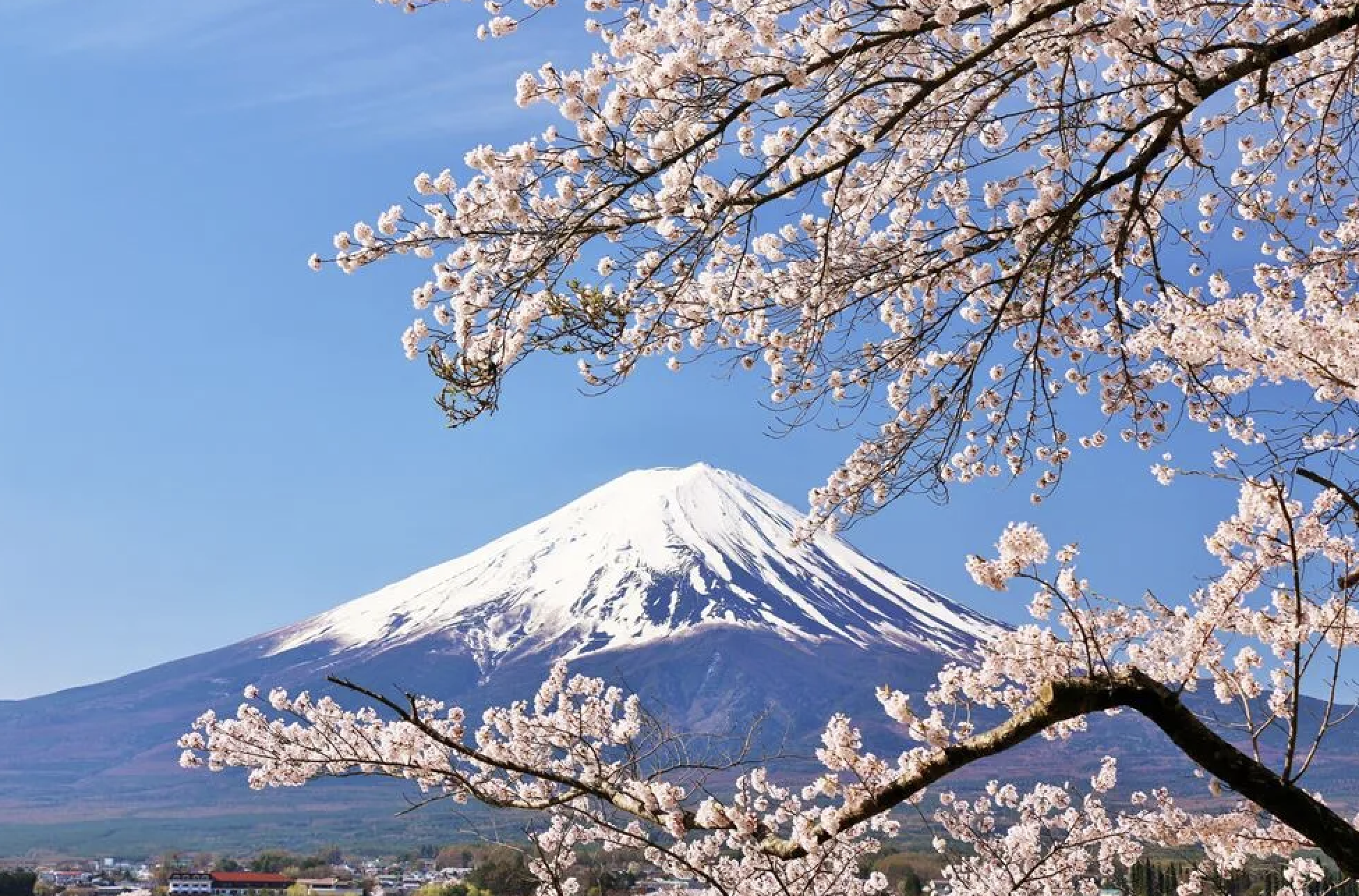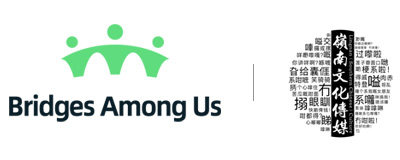Background
The Meiji Restoration, which began in 1868, marked a pivotal transformation in Japanese history, ending over two centuries of isolation under the Tokugawa shogunate and ushering in rapid modernization and industrialization. Named after Emperor Meiji, whose ascension symbolized the return of imperial rule, this period saw the dismantling of the feudal system and the centralization of power.
The catalyst for change was multifaceted, driven by internal dissatisfaction among the samurai and merchant classes, and external pressures exemplified by Commodore Matthew Perry’s arrival in 1853, which exposed Japan’s vulnerability to Western powers and ended its isolationist policies with the Treaty of Kanagawa in 1854. The fall of the Tokugawa shogunate through the Boshin War led to a series of ambitious reforms under Emperor Meiji, including the creation of a modern bureaucratic government with the Meiji Constitution of 1889, land tax reforms, the establishment of zaibatsu (large industrial conglomerates), and significant military modernization inspired by Western models. Educational and cultural reforms also played a crucial role, promoting compulsory schooling and adopting Western educational systems.
These sweeping changes transformed Japan into a modern, industrialized nation and set the stage for its emergence as a major world power. For more detailed explorations, refer to sources such as Beasley’s “The Meiji Restoration,” Jansen’s “The Making of Modern Japan,” and resources from the Stanford History Education Group and Columbia University’s Asia for Educators.
Objectives
By the end of this unit, students will be able to:
- Describe the historical context leading to the Meiji Restoration.
- Understand the political, social, and economic reforms implemented during the Meiji era.
- Analyze the impact of the Meiji Restoration on Japan’s modernization and its role in the global context.
- Evaluate the long-term effects of the Meiji Restoration on Japanese society and governance.
Materials Needed
- Textbooks and supplementary readings on the Meiji Restoration
- Access to online databases and library resources
- Multimedia presentation tools
- Maps and historical documents for analysis
- Art supplies for creative projects
Module Breakdown
Module 1: Historical Background and Causes
I. Context and Causes
- Timeline Presentation:
- Key Events:
- The Tokugawa Shogunate’s policies and Japan’s isolation (Sakoku).
- Commodore Perry’s arrival and the Treaty of Kanagawa (1854).
- Internal dissent and the role of the Samurai class.
- Visual Aids:
- Maps: Show Japan’s isolation and key locations such as Edo (Tokyo).
- Images: Display illustrations of Commodore Perry’s arrival and the signing of the Treaty of Kanagawa.
- Relevant Links:
II. Lecture:
- Discuss the fall of the Tokugawa Shogunate and the political unrest that followed.
- Highlight key figures like Emperor Meiji and influential samurai leaders.
- Relevant Links:
III. Interactive Activity:
- Map Activity:
- Trace the key events leading up to the Meiji Restoration on a blank map of Japan.
- Outcome:
- Students will understand the geographical and political landscape of Japan during this period.
- Primary Source Analysis:
- Analyze excerpts from the Treaty of Kanagawa and other contemporary documents.
- Outcome:
- Students will develop skills in primary source analysis and understand the external pressures on Japan.
- Relevant Links:
Module 2: Political and Social Reforms
I. Key Figures and Policies
- Lecture:
- Key Figures:
- Emperor Meiji’s role in the restoration.
- The influence of samurai leaders such as Saigo Takamori and Okubo Toshimichi.
- Key Figures:
- Key Policies:
- The Charter Oath of 1868.
- Abolition of the feudal system and the creation of a centralized government.
- Visual Aids:
- Portraits of Emperor Meiji and other key figures.
- Documents such as the Charter Oath.
- Relevant Links:
II. Group Discussion:
- Topics to Cover:
- The impact of political reforms on Japanese society.
- The role of the samurai in the transition from feudalism to modern governance.
- Relevant Links:
III. Interactive Learning:
- Student Presentations:
- Instructions:
- Assign each student or group a key figure or policy to research.
- Students should cover the person’s or policy’s role in the Meiji Restoration and its impact on Japan.
- Presentations should include visuals and primary sources.
- Outcome:
- Students will gain in-depth knowledge of the political changes during the Meiji era.
Module 3: Economic Modernization
I. Economic Reforms
- Lecture:
- Discuss the industrialization of Japan, focusing on the establishment of factories, railways, and modern infrastructure.
- Highlight the role of government policies in promoting economic growth.
- Visual Aids:
- Use images of early factories, railroads, and infrastructure projects.
- Relevant Links:
II. Group Discussion:
- Topics to Cover:
- The transition from agrarian economy to industrial economy.
- The impact of economic changes on different social classes.
- Relevant Links:
III. Hands-On Activity:
- Economic Simulation:
- Instructions:
- Divide students into groups representing different sectors of the economy (e.g., government, industrialists, workers).
- Simulate the economic policies of the Meiji government and their effects on each sector.
- Outcome:
- Students will understand the complexities of economic modernization and its societal impact.
Module 4: Cultural and Social Changes
I. Cultural Reforms
- Lecture:
- Discuss the adoption of Western customs, clothing, and education.
- Highlight the changes in art, literature, and education during the Meiji era.
- Visual Aids:
- Show examples of Meiji-era art, fashion, and educational reforms.
- Relevant Links:
II. Group Discussion:
- Topics to Cover:
- The impact of Westernization on traditional Japanese culture.
- The role of education in shaping modern Japan.
- Relevant Links:
III. Creative Project:
- Cultural Exhibition:
- Instructions:
- Have students create an exhibition showcasing the cultural changes of the Meiji era.
- Include art, fashion, literature, and educational reforms.
- Outcome:
- Students will appreciate the cultural transformation during the Meiji Restoration and its lasting impact on Japan.
Module 5: Japan’s Role in the Global Context
I. Foreign Relations
- Lecture:
- Discuss Japan’s interactions with Western powers and neighboring Asian countries.
- Highlight key events such as the Sino-Japanese War (1894-1895) and the Russo-Japanese War (1904-1905).
- Visual Aids:
- Use maps and images of key battles and treaties.
- Relevant Links:
II. Group Discussion:
- Topics to Cover:
- The impact of military victories on Japan’s international standing.
- The role of imperialism in shaping Japan’s foreign policy.
- Relevant Links:
III. Research Project:
- Detailed Instructions:
- Research Topics:
- Assign students to research a specific aspect of Japan’s international relations during the Meiji era.
- Possible topics include diplomatic missions, treaties, wars, and Japan’s role in regional politics.
- Project Requirements:
- Students should use a mix of primary and secondary sources.
- Projects should include a written report and a presentation with visuals.
- Outcome:
- Students will develop research skills and a deeper understanding of Japan’s emergence as a global power.
- Relevant Links:
Assessment
- Participation in discussions and activities.
- Presentations on key figures and policies.
- Creative projects on cultural changes.
- Research projects on Japan’s international relations.
- Reflection essays on the impact and legacy of the Meiji Restoration.





Post a comment Cancel reply